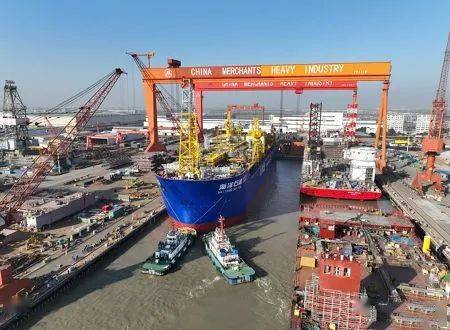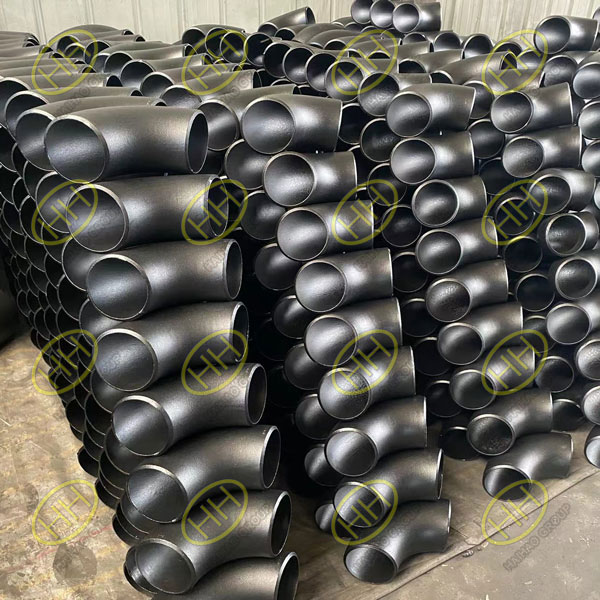Riding out the storm how FPSO faces typhoons head-on
In the ever-challenging world of offshore operations, nothing tests resilience like the raw fury of a typhoon. These tempestuous giants of the sea can wreak havoc on vessels and platforms, making preparations and strategies to face them paramount. Floating Production Storage and Offloading (FPSO) units, the workhorses of offshore oil and gas extraction, are no strangers to these trials. Here’s how FPSOs navigate and endure the wrath of a typhoon.
1.Breaking Free: The Art of Disconnection
FPSOs are no lightweights, but they are agile when it comes to typhoon preparations. Before a typhoon’s arrival, FPSOs strategically disconnect their mooring chains and anchor lines. This action allows the FPSO to drift freely, minimizing the risk of damage due to the typhoon’s relentless forces.

FPSO
2.Ceasing Operations: Safety First
The safety of personnel and the integrity of the equipment are non-negotiable priorities. Hence, FPSOs halt production and processing operations well in advance of an approaching typhoon. This preemptive measure significantly reduces risk, ensuring the well-being of the onboard crew.
3.Securing Equipment: Battening Down the Hatches
With a typhoon on the horizon, FPSOs take extra precautions to secure their equipment. They employ various methods to prevent damage to essential machinery and systems, such as securing loose items and reinforcing structural components.
4.Evacuation and Safety Measures
Human safety remains paramount. FPSOs are equipped with emergency communication systems and survival gear. In the event of a potential threat to personnel, evacuation procedures are promptly activated.

A234 WPB carbon steel elbows
5.Monitoring the Sea: Eyes on the Storm
FPSOs are equipped with advanced monitoring systems that keep a constant eye on sea conditions. Data on wind speed, wave height, and tide patterns help anticipate the path and intensity of approaching typhoons.
6.Emergency Response Plans: Ready for Anything
FPSOs have well-documented emergency response plans in place. These plans outline the steps to be taken in case of extreme weather events, including typhoons. Specialized response teams are trained to execute these plans with precision.
FPSOs are not just marvels of engineering for offshore energy production; they are also masters of adaptation when nature unleashes its fury. By disconnecting, securing, and focusing on safety, these giants of the sea not only survive but stand ready to thrive in the wake of a typhoon’s passing. Through advanced technology and meticulous planning, FPSOs prove time and again that they are up to the challenge, ensuring both the safety of their crew and the reliability of offshore energy operations.

